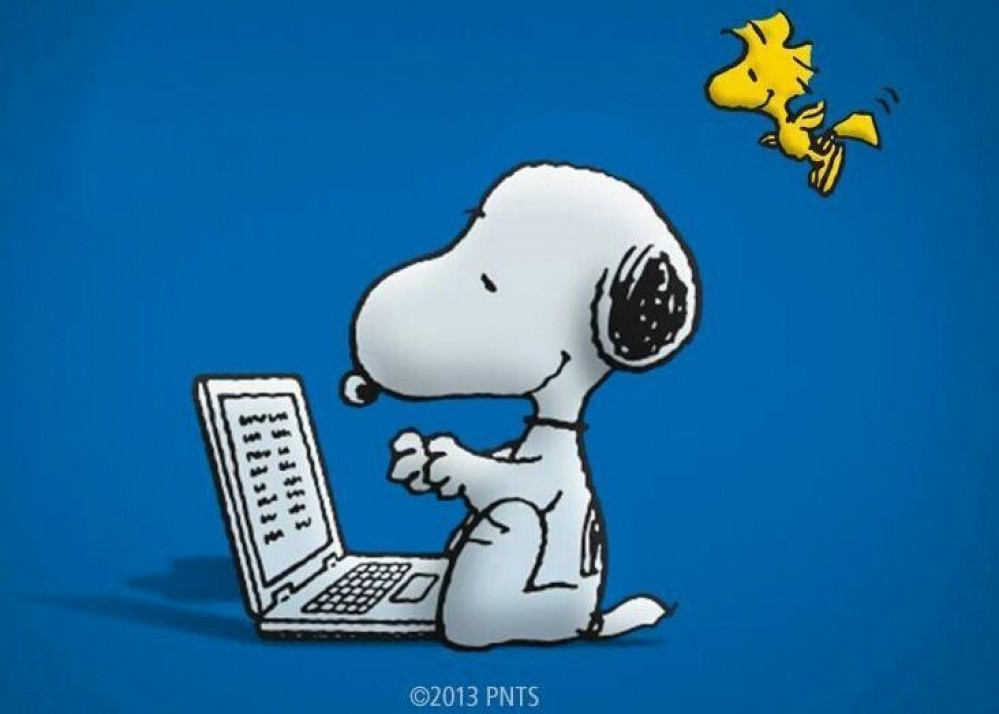
Gorram Plays with Toxic Chemicals
Testing Round Two
So after a few days break thanks to work, I’m officially on holiday for the next ten days! I have a bunch of inconvenient interruptions like seeing family and friends but I should be able to fit in a fair bit of printing going. Which is good because that would justify spending more money on STLs. That’s how that works, right?
Having got the first bed out of the way, my excitement is abated enough that I’m ready to run another round of calibration tests. I’ve added a section to my paint scheme notebook to number and keep track of the setting for the various calibration tests. I’m going to try reducing the layer height and changing the exposure times.
There are two settings of specs that I’m swapping between to come up with numbers. The first are the specs for the printer itself, Anycubic Photon Mono. The second set is for the resin, Sunlu ABS-like.
Test 001 was very much within the safe limits, a comfy fit. Test 002 is aiming to reduce layer lines because the bulk of this month’s printing is going to be smaller scale models and I feel like layer lines will be more noticeable on them. I have no idea if that is true or not.
Test 003 and 004 quickly followed. Layer height was fine but exposure times weren’t doing quite what I wanted. The Phrozen test I’m using has this page for an idiot’s guide to reading the test.
After test fourI noticed at the very bottom of the page there was a note:
“Once you’ve found the optimal settings using the Phrozen XP Finder, we recommend increasing the normal layer exposure time by at least 10% for actual prints and by 20% for larger models over 12cm. This can help to ensure the best possible results and prevent errors or print failures. By following these tips, you’ll be able to achieve high-quality, precise prints with your Phrozen 3D printer.”
I started to overthink everything and then I remembered that I don’t want to focus on the minutiae, I want to not let my obsessive nature to take over. So I set up the next test… this time though, it is testing not for calibration but for the next project.





























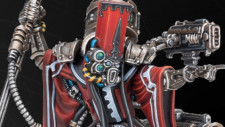



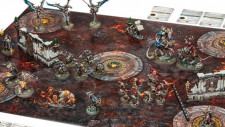



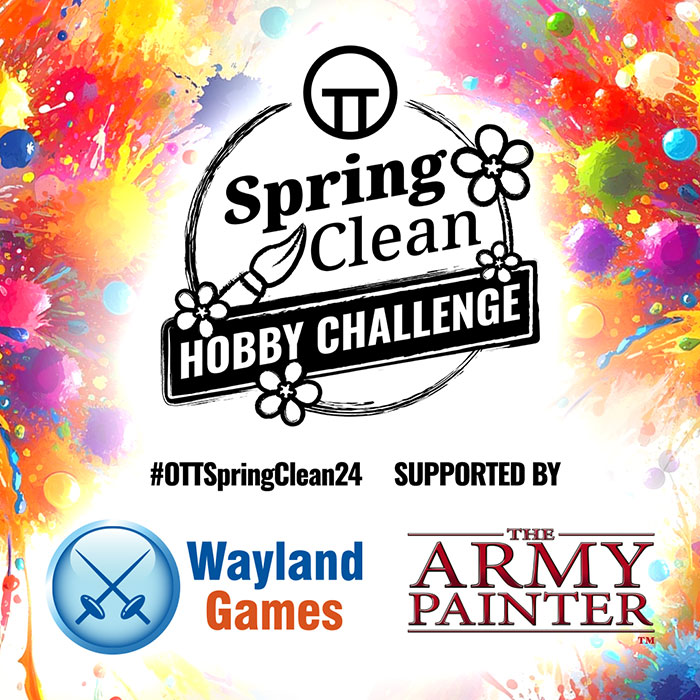




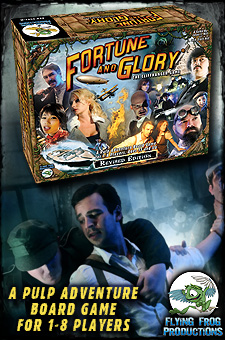
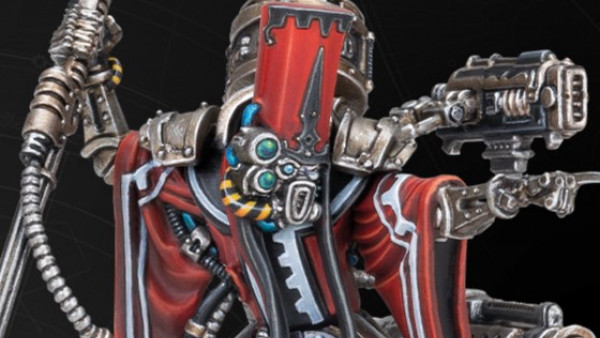
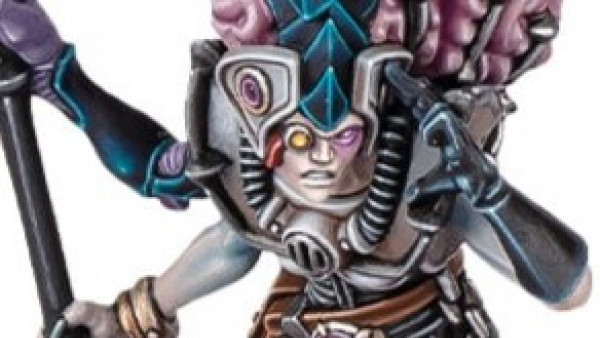



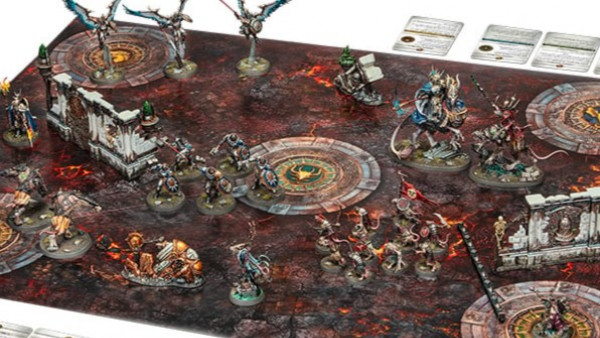

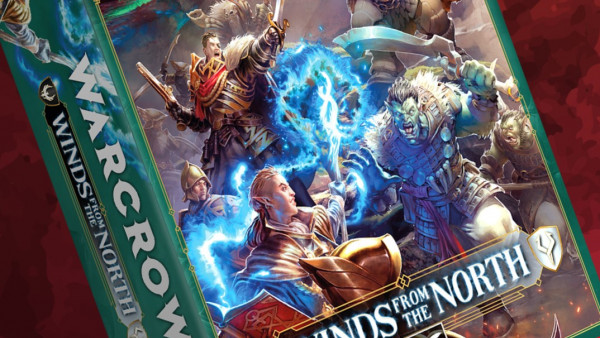
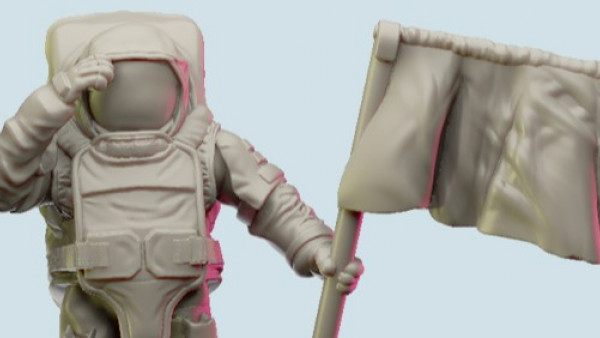
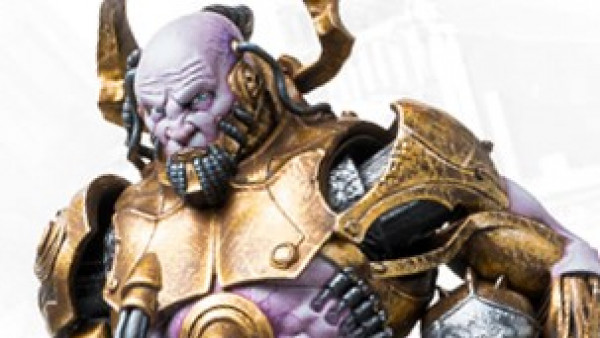
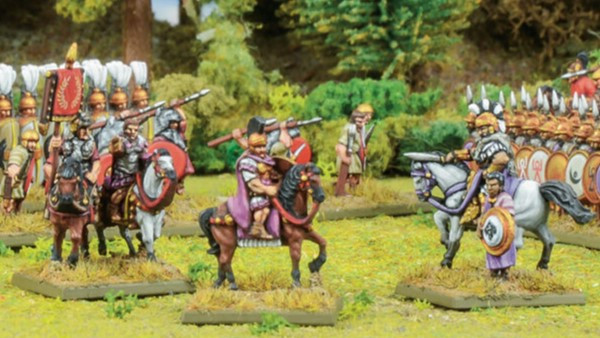
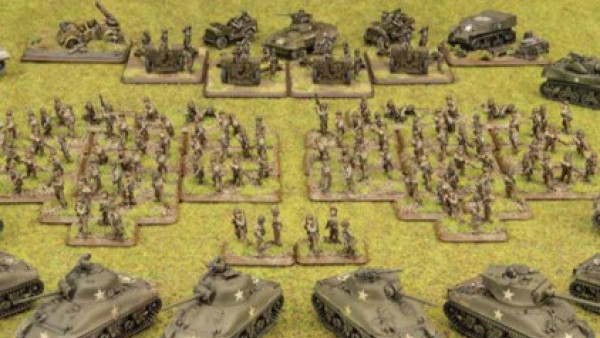

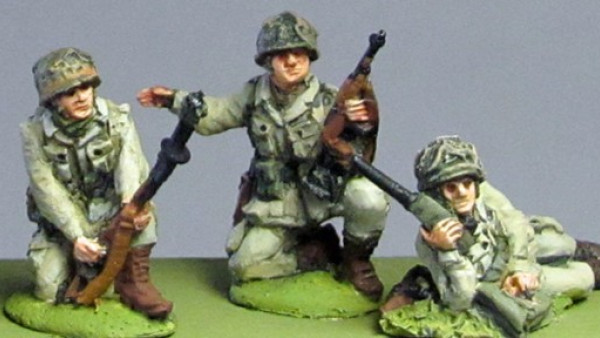
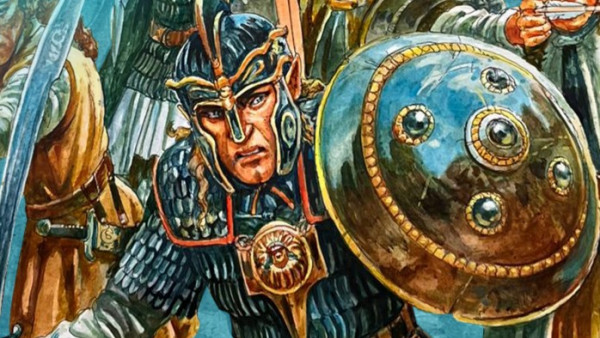
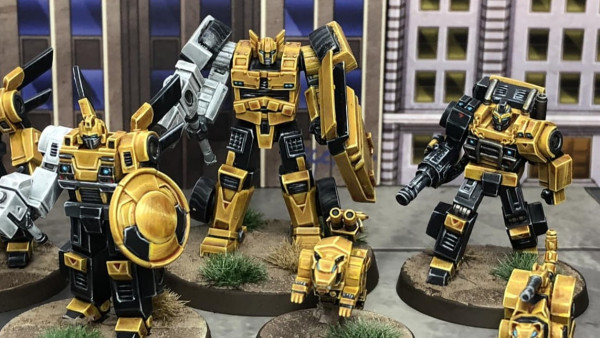
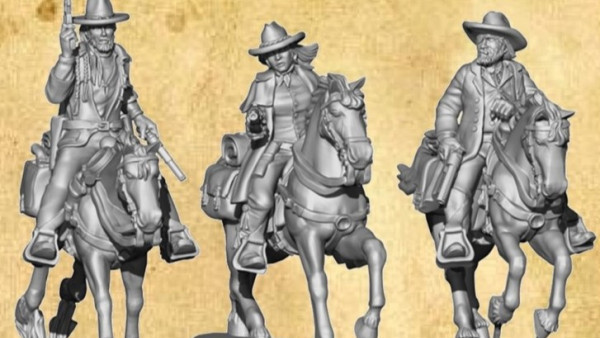
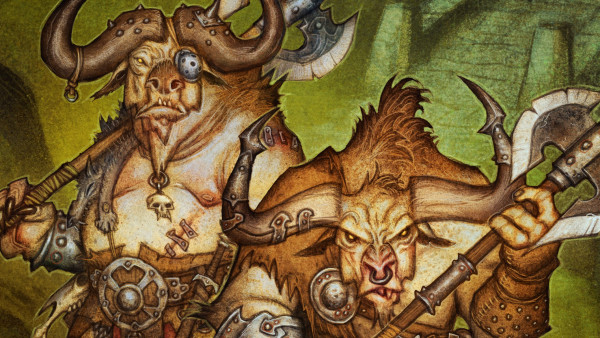
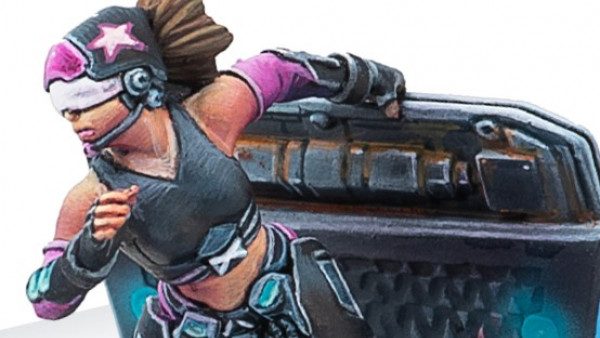


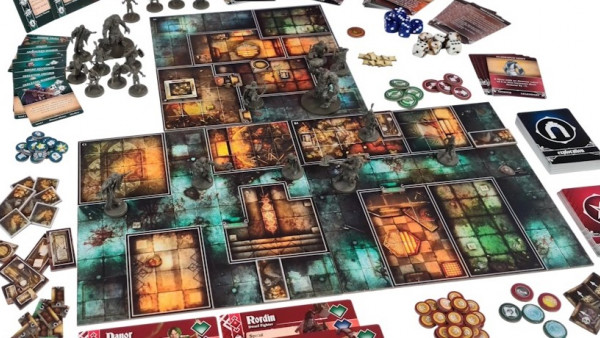
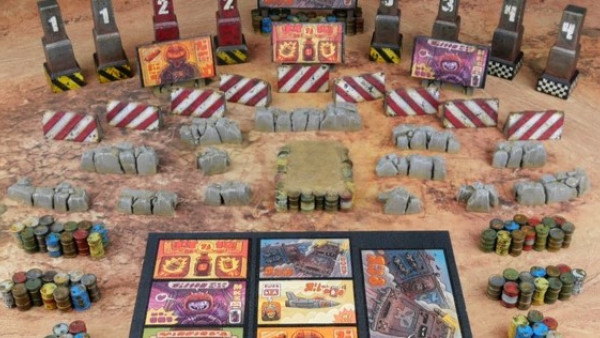
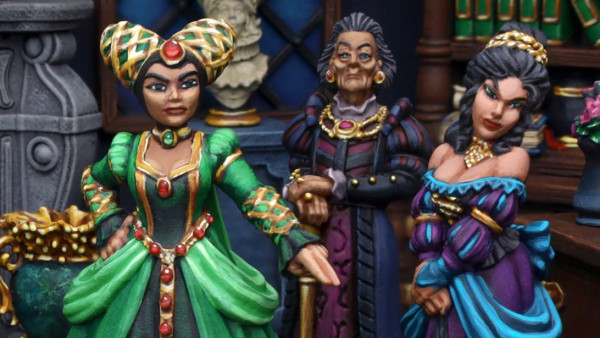

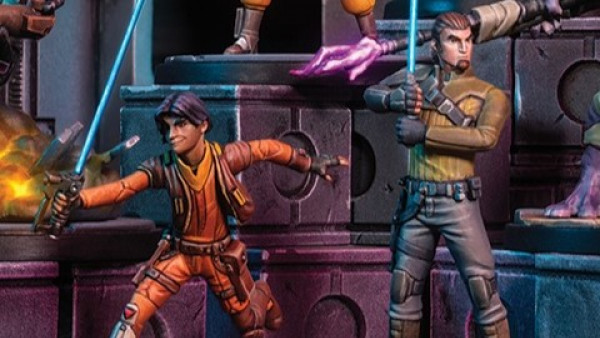


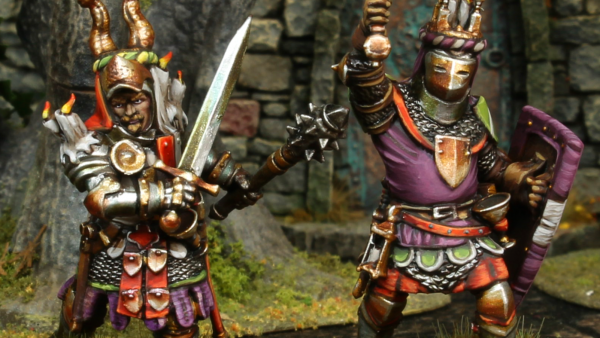

Leave a Reply